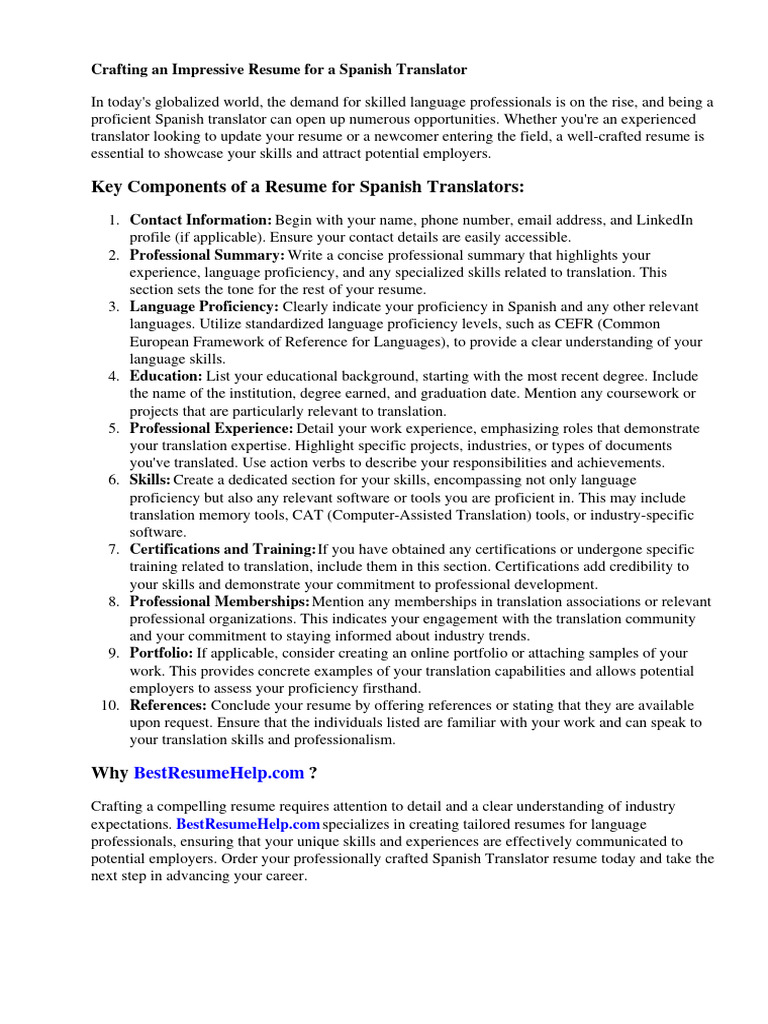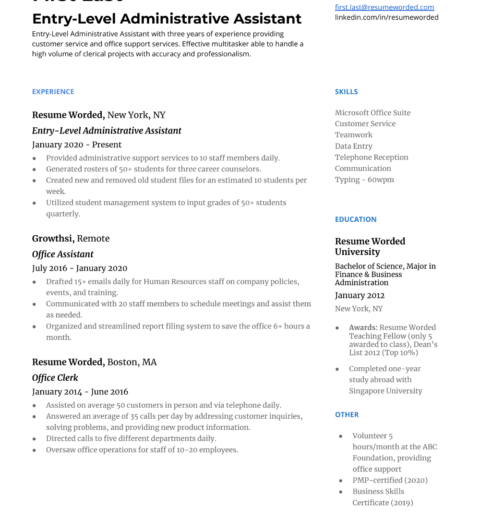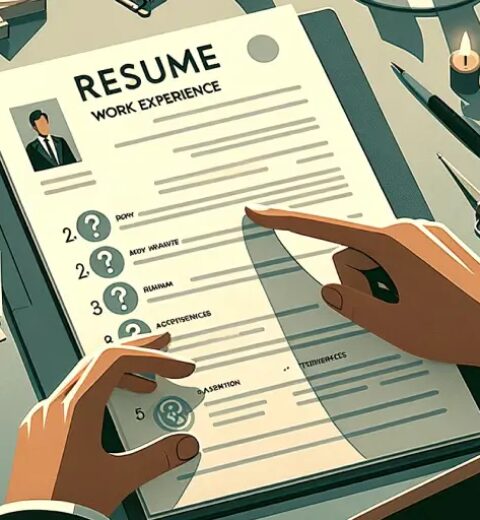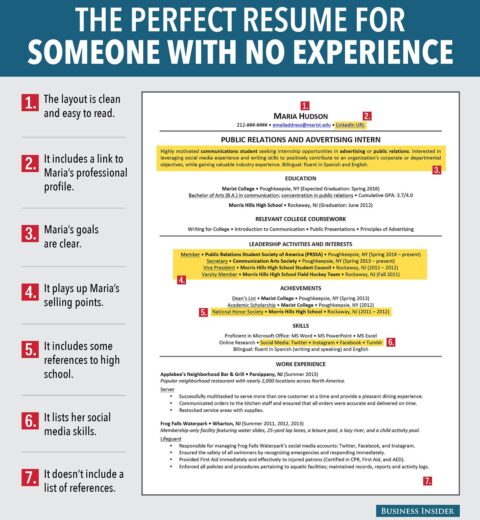The term “resume,” referring to a document listing qualifications, experiences, and education aimed at acquiring employment, occupies a significant space in professional communication. However, translating this term into Spanish reveals a fascinating interplay of language, culture, and professional standards.
In Spanish, the direct translation of “resume” is “currículum vitae,” commonly abbreviated as “CV.” This Latin-derived phrase translates loosely to “course of life,” signifying not just the work history of an individual but also a broader narrative of their educational and professional journey. The usage of this term evokes a more comprehensive view of one’s career accomplishments, reflecting that in many Spanish-speaking cultures, the resume is not merely a tool for job application, but a personal story that encapsulates one’s identity and aspirations.
To elaborate further, the term “currículum” itself derives from the Latin “curriculum,” meaning “race” or “course.” This nuance underlines the sense of progress and continuous movement that characterizes a person’s professional life. “Currículum vitae” thus communicates an expectation that every individual is on a journey of growth, development, and achievement.
Differences in how “resume” and “currículum vitae” are used can hint at broader cultural attitudes toward employment and self-presentation. For instance, in the United States, the resume often serves as a concise, targeted document tailoring to specific job applications. Conversely, in many Spanish-speaking countries, such as Spain and regions of Latin America, a “currículum vitae” tends to be more detailed, sometimes encompassing additional elements like personal interests, an array of skills, and even references or personal recommendations.
One might ponder why such distinctions exist. A common observation is that these cultural variances in presenting oneself reflect deeper societal values. Spanish-speaking cultures often place a premium on personal relationships and communal connections in professional settings. As such, a more expansive CV can serve as a means to establish a narrative that emphasizes one’s ties and credibility within a network, enhancing the likelihood of employment based on mutual acquaintances or recommendations.
Furthermore, the presentation style of the “currículum vitae” holds weight in this context. A concise American resume typically spans a single page, focusing sharply on relevant experiences and skills. However, a Spanish currículum vitae may extend to two or even three pages, allowing for a more detailed exposition of one’s professional landscape. This emphasis on thoroughness might mirror an appreciation for context and depth in interpersonal relations, wherein knowing a person’s background thoroughly is valued.
Beyond the structural variations, there are additional linguistic subtleties worth exploring. For instance, in informal settings, one may hear people refer to their resumes as “hoja de vida,” translating to “sheet of life.” This term is predominantly used in certain Latin American countries and illustrates how language evolves by adapting the same ideas to different cultural norms. Using “hoja de vida” can evoke a sense of simplicity and transparency, characteristics valued in various professional circles.
In both formal and informal contexts, the significance of presenting oneself through a resume or curriculum vitae cannot be overstated. Each element included serves as a narrative thread weaving together professional abilities, experiences, and personal insights. Achievements, whether academic or professional, resonate differently across cultures. Understanding how a curriculum vitae functions in Spanish-speaking countries demands appreciation for these intricacies and nuances, revealing how language can simultaneously connect and distinguish different societies.
Furthermore, as globalization continues to intertwine various cultures and professional norms, the translation and application of “resume” into various languages become vital. Spanish-speaking professionals navigating international environments may need to adapt their currículum vitae to conform to different expectations. This adaptability underscores the necessity for multicultural competence in the global job market, highlighting the need for professional documents that resonate across cultural barriers.
As a result, there exists an intriguing dynamic wherein the very document intended for self-promotion serves as a reflection of broader cultural attitudes towards work, education, and personal identity. The nuances surrounding the translation of “resume” into “currículum vitae” or variations like “hoja de vida” reveal a profound relationship between language and culture. The words we choose and the formats we adopt provide insight into our values, aspirations, and the societal structures we navigate.
In conclusion, the translation of “resume” in Spanish does not merely require linguistic conversion, but a sensitive engagement with deep-rooted cultural nuances. The phrases chosen encapsulate more than words; they embody a philosophy of professional identity and connection, bearing witness to how employment and relationships intertwine. Understanding these aspects is essential not only for linguists and translators but for professionals seeking to thrive in a multicultural workforce.




